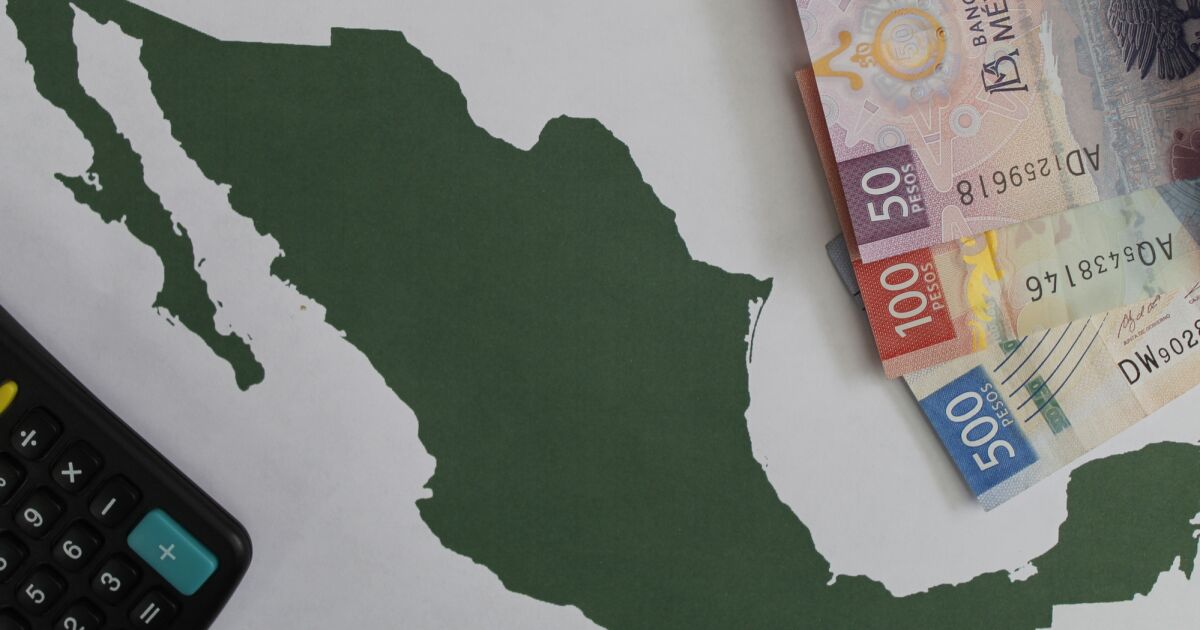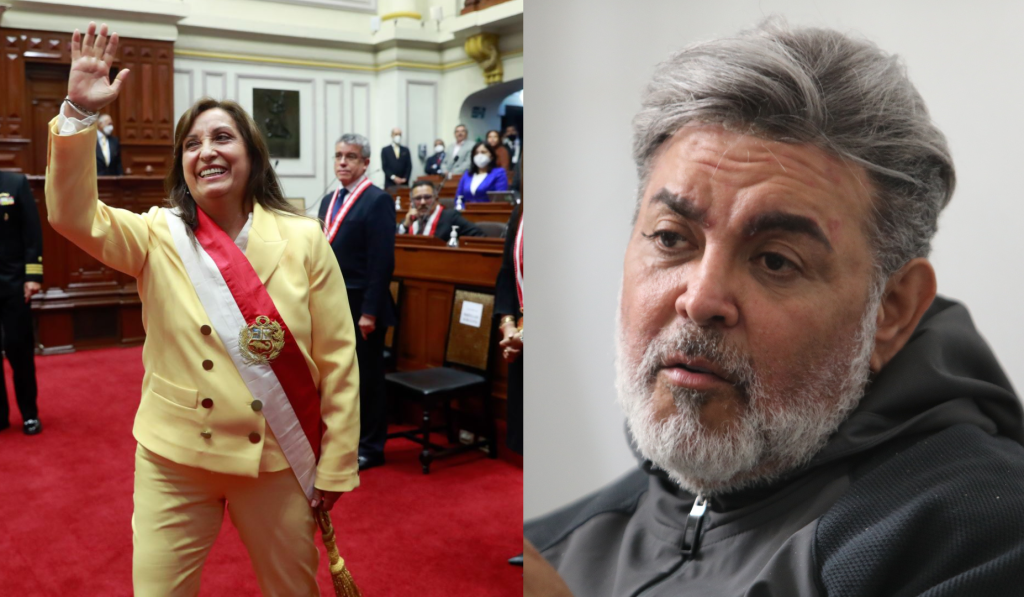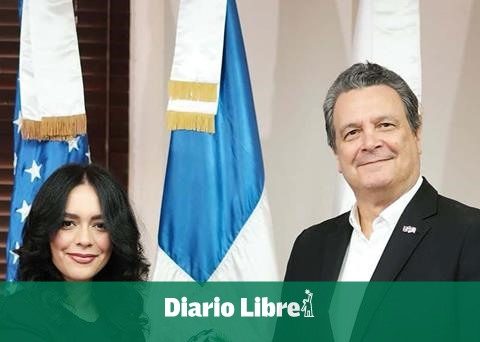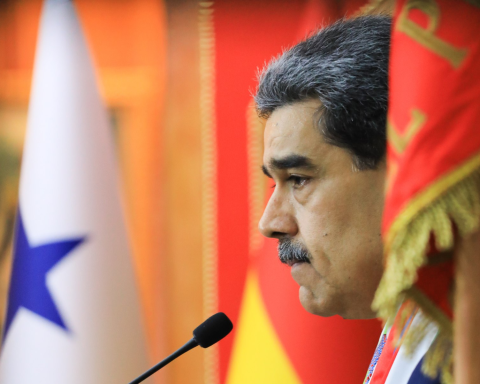“The main challenge is to stop spending so much,” said Ricardo Aguilar, chief economist at Invex. Likewise, he noted that the president said in her message that the social programs of former President Andrés Manuel López Obrador will be maintained and there will be more, as well as that the emblematic works will be completed.
Social programs “can be quite good due to the redistribution of resources”, however, the approval of reforms that impact country risk, high interest rates and in an environment of recession on the horizon, “if we are going to grow less, for Whatever the reason, how are you going to cut back more? And how are you going to compensate for this heavy expense? I don’t see how they are going to reach public spending from 5% of GDP to half. There I see a bigger issue,” said Aguilar.
For Enrique Covarrubias, chief economist at Actinver, a scenario that would worry him is one in which Banco de México has to “lend a hand” to the federal government’s fiscal policy. “That is a moment that we do not want to happen, we do not want there to be fiscal dominance,” he said.
In order to boost growth and cut spending, the answer lies in private investment, both domestic and foreign, as well as making the use of capital more efficient, Marcos considered.
Additionally, if you take advantage of the nearshoring and there is good coordination between the government and companies, “with a framework of clear rules in the game, we could be talking about greater growth in the long term,” said the economist.
However, Alejandro Saldaña, chief economist of Ve por Más (BX+), considered that there is still uncertainty in the market due to the approval of the reform package presented by López Obrador on February 5 of this year, of which has already been approved. that of the Judiciary and the National Guard.














